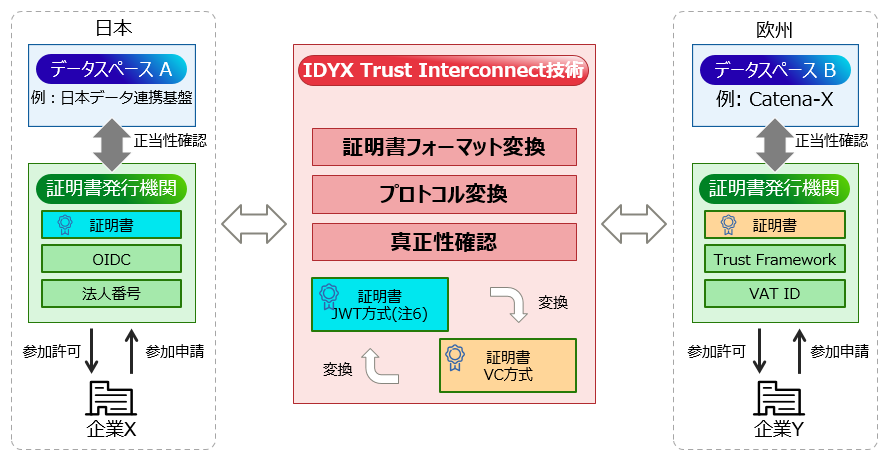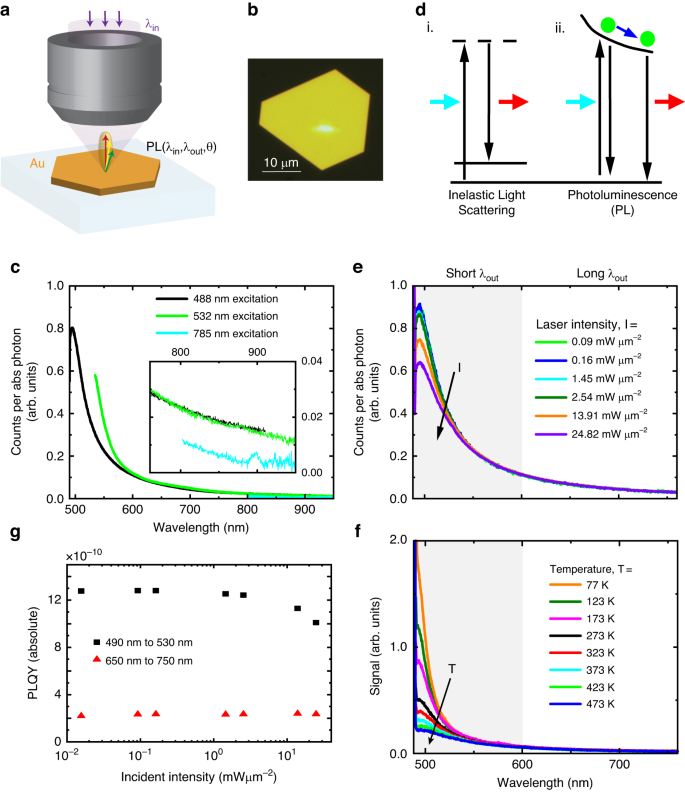2024-04-19 カナダ・ブリティッシュコロンビア大学(UBC)
<関連情報>
- https://news.ubc.ca/2024/04/19/migrating-salmon-mortality-hot-spot/
- https://afspubs.onlinelibrary.wiley.com/doi/full/10.1002/nafm.10979
コミュニティーが運営する孵化場から海洋の入り江に放流されたサケの稚魚の音響テレメトリー追跡により、海洋初期の生存率が低いことが明らかになった Acoustic telemetry tracking of Coho Salmon smolts released from a community-run hatchery into a marine inlet reveals low early ocean survival
Adam M. Kanigan, Scott G. Hinch, Andrew G. Lotto, Kamil Szlachta, Stephen D. Johnston, Stephanie A. Lingard
North American Journal of Fisheries Management Published: 03 March 2024
DOI:https://doi.org/10.1002/nafm.10979

Abstract
Objective
Hatcheries are used to help supplement populations of Pacific salmon Oncorhynchus spp. for conservation and fisheries purposes and to provide stewardship opportunities. In British Columbia, small community-run hatcheries typically focus on the latter and generally do not know the efficacy of their release approaches, unlike larger production hatcheries.
Methods
We used acoustic telemetry to track the survival and behavior of 90 hatchery-reared Coho Salmon O. kisutch smolts, released from a community hatchery, through Burrard Inlet and into the Strait of Georgia. This is the first study to track Coho Salmon smolts released directly into a marine environment and one of very few studies to track them in an oceanic setting.
Result
Smolt survival was lowest through the first 3 km of the migration at 37%, and the estimated cumulative survival to the final array (~20 km from release) was 10–23%. The presence of numerous predators in the region suggests that predation is a possible explanation for poor survival over the relatively short migration distance. Travel rates ranged from ~4 to 18 km/day, depending on the migration segment, which is slower than the marine migration of smolts from other species, likely increasing exposure to predators. However, we found potential evidence of “predator swamping,” as survival estimates across migration segments were highest for the final of our three release groups and poorest for the first release group, with intergroup survival estimates increasing by 7–12% in the final three migration segments. Releasing smolts at high densities and at night, as our partner hatchery currently does, likely improves smolt survival.
Conclusion
Our work demonstrates how acoustic telemetry can be used to examine hatchery practices and propose potential improvements. Saltwater readiness and the release location are factors that our results suggest may warrant future attention to potentially improve marine survival of Coho Salmon smolts.
Abstract
Impact statement
Hatcheries operate to supplement threatened populations of Pacific salmon, support commercial and recreational salmon fisheries, and provide education and public engagement events related to the conservation of salmon and their habitats. However, many hatcheries—particularly, volunteer-run hatcheries—do not know the fate of their fish after release. We demonstrated that acoustic telemetry can be used to examine hatchery practices and propose changes that could improve early postrelease survival.



